What's an NPI ?
The NPIS Registry: why ?
Who is this platform for?
-
I am a citizen, a patient, a caregiver or a professional on a first visit

-
I will be able to easily find information on interventions that are actually INMs. I will also be able to provide feedback on usage. If I want to go further, I will be directed to the conditions for accessing all the data and features of the INM Repository.
-
I am a healthcare professional wishing to access all INM files

-
I will be able to find complete information on INM protocols to deepen my knowledge and practices. I will be able to provide feedback on use.
-
I am a representative of an authority, institution or organization related to health

-
If my practice organization is a partner of the NPIS, I will be able to access all the data and functionalities of the INM Repository.
-
I would like to submit a proposal for a new INM in the Repository

-
If my project meets the definition of an INM and if it is sufficiently supported by scientifically conducted studies, I will be directed to a form which will allow me to write the INM file relating to my project.
-
I am an expert selected under the INM file validation procedure

-
If I have received an email from NPIS accrediting me as an Expert in a defined field, I will be able to register to participate in the expert procedure for which I have been requested.
Become a Submitter
Learn more about NPIS and NPI :
NPIS Questions and Answers
-
Why a transdisciplinary evaluation model for NPI?

-
As of April 2019, there were 46 evaluation models for NPI in the scientific literature (Carbonnel and Ninot, 2019). These models were constructed by researchers for researchers, often from a monodisciplinary perspective and rarely from a patient-centered approach. This led to significant heterogeneity in study protocols and the way NPI were conceived (approach, method, technique, or materials). The results were scattered, debatable, poorly transferable, and rarely reproducible. Consequently, these practices were not widely recognized outside the study context (dependent on the establishment and/or practitioner). This situation raised doubts about their effectiveness (e.g., efficacy, safety, relevance, utility, cost-effectiveness), their content (e.g., heterogeneity in doses, procedures, ingredients, techniques, contexts, target populations), their approval (e.g., ethics committees), their dissemination (e.g., conflicting reviewer opinions), their teaching (e.g., protocols, best practices), and their recognition (e.g., authorization, integration into official classifications, reimbursement). This lack of a consensual evaluation model for NPI suggested that each professional had to reinvent their program for every new patient, given the wide or contradictory recommendations from authorities, agencies, and scientific societies. It also implied that only the patient-provider relationship mattered in the health effects induced (Ninot, 2020). Moreover, it left the door open for pseudoscientific practices and, more broadly, parallel medicine, along with all the obscurantist, health-related, sectarian, political, and judicial issues that are known in France (Miviludes, 2022; CNOI, 2023; CNOM, 2023) and around the world (Ernst and Smith, 2018). This idea was also gaining traction in the United States in the field of oncology, aiming to juxtapose two medical offerings: one based on experimental science, primarily focused on surgery, medication, radiotherapy, and medical devices, and the other described as "complementary, integrative, or traditional," based on individual experience, opinions, and traditions (Mao et al., 2022). This second offering claimed exclusivity in the domains of prevention and care, emphasizing care for the person versus cure for the disease. Thus, the NPIS Model was co-constructed with the idea that experimental science could demonstrate the existence of effective, safe, and reproducible prevention and care protocols. This work was supported by seed funding for participatory research from INSERM and involved over 1,000 participants under the guidance of a committee of 22 multidisciplinary experts, including two user representatives. This transdisciplinary innovation is currently supported by 30 French scientific societies, the National Center for Palliative Care and End of Life, INCa, and the French Platform for Clinical Research Networks.
-

-
PSYCHOSOCIAL DOMINANCE
Psychotherapies:
- Cognitive Stimulation Therapy for memory strategies in Alzheimer’s disease in 14 sessions by a psychologist in a healthcare facility, health center, or private practice.
- Mindfulness Based Stress Reduction (MBSR-BC) program against anxiety during cancer treatments in 8 group sessions by a clinical psychologist, psychiatrist, or physician in an oncology department, a patient association, a private practice, a health center, or a healthcare facility.
- Acceptance and Commitment Therapy for chronic pain in 9 group sessions by a clinical psychologist or psychiatrist in a healthcare facility, health center, or private practice.
- Cognitive Behavioral Therapy for Insomnia (CBT-I) in 6-8 individual sessions, either remote or in-person, by a neuropsychologist, clinical psychologist, psychiatrist, or neurologist in a healthcare facility, health center, or private practice.
- Now I Can Do Heights program using virtual reality to treat acrophobia (fear of heights) by a clinical psychologist or psychiatrist in a private practice or health center.
Health Prevention Programs:
- Living Well with COPD therapeutic education program against symptoms and exacerbations of COPD over 2 months with 4 sessions, in-person or remote, by a nurse, physician, or pharmacist in a healthcare facility, health center, or private practice.
- CHESS Method (Chronic Headache Education and Self-management) for migraine self-management by a nurse or physician in a healthcare facility, health center, or private practice.
- MyFriend Youth Program for preventing anxiety and depression among students aged 12 to 15 years, 10 sessions by a school psychologist or school nurse in an educational institution.
- Spiegel Hypnotherapy Method specialized in smoking cessation in 3 sessions by a psychologist, nurse, physician, or hypnotherapist in a private practice, healthcare facility, health center, or private practice.
- Cognitive Behavioral Therapy for Depression (CBT-d) by a clinical psychologist or psychiatrist in a healthcare facility, health center, or private practice.
CORPOREAL DOMINANCE
Physiotherapy Protocols:
- McKenzie Method for back pain by a physiotherapist in a healthcare facility, health center, or private practice.
- Pelvic Floor Muscle Training (PFMT) program by a midwife or physiotherapist in a health center or private practice.
- Rehabilitation program following hip prosthesis in 6 to 10 sessions by a physiotherapist in a healthcare facility, health center, or private practice.
Adapted Physical Activity Programs:
- Dance Therapy for Parkinson’s Disease addressing psychological symptoms of Parkinson’s by a physical activity instructor in a healthcare facility, health center, or private practice.
- Re-exercise program at ventilatory threshold against dyspnea caused by COPD by a physical activity instructor or physiotherapist in a healthcare facility, health center, or private practice.
- Anti-fatigue APA program during treatments for breast, prostate, or colon cancer by a physical activity instructor in a healthcare facility, health center, or private practice.
Thermal Treatments:
- Specialized thermal cure for gonarthrosis by a physiotherapist or thermal agent in a thermal facility.
NUTRITIONAL DOMINANCE
- Gluten-free diet for celiac disease by a dietitian in a healthcare facility, health center, or private practice.
- FODMAP diet for gastrointestinal disorders by a dietitian in a healthcare facility, health center, or private practice.
-
Is the NPIS creating a new value chain?

-
Immaterial practices of prevention and care have existed since ancient times. However, the diversification of practices, the multiplication of professions at the intersection of prevention, care, and social assistance, and the globalization of information systems have leveled these services and obscured them at a time when medicine has made significant advances in the early detection and diagnosis of health issues. The interdisciplinary and multisectoral approach of the NPIS generates a value chain, from the design of practices to their implementation, regulation, and financing.
Innovative economic model initiatives are emerging worldwide, including fee-for-service, bundled payments, social economy provisions, offers promoting sustainable development, e-health economy, human innovation bundles, and long-term economy (World Economic Forum, 2024). The NPIS Prospective Pole, led by Michel Noguès, documents these initiatives in books (Noguès, 2022; Noguès, 2024). The NPIS Forums invite all innovators to share their experiences. -

-
-
Are NPI just simple recipes to apply?

-
NPI are protocols to be implemented with a target population, but they are merely specifications. They must be contextualized and personalized. The NPI Registry offers best practices and tips for optimal implementation. Furthermore, the NPIS recommends interdisciplinary training in health ethics for their application. The scientific society works with its partners to develop and recognize this foundational training, which could be conducted particularly in higher education institutions in collaboration with the Ministry of Health. This ethical training includes all the prerequisites of knowledge, skills, and attitudes necessary for interprofessional practice in health. Health professionals with practical experience, such as doctors, will have equivalencies.
-
Why establish a unique evaluation model for NPI?

-
A scientific validation model for medications has existed since the 1960s, with specific regulations recognized worldwide (e.g., FDA, EMA, ANSM). A similar procedure has recently been implemented for medical devices in Europe. However, until now, no consensual model existed for nutritional, bodily, and psychosocial health services due to confusions between approach, protocol, and technique/ingredient. A participatory, pragmatic, and multidisciplinary consensus work followed international scientific health recommendations to address this for NPI (Ninot et al., 2023).
This work took into account the specificities of NPI, health risks, the balance between internal and external validity, the justification of explanatory mechanisms, ethical considerations in health, and respect for contexts of use. The NPIS Model accelerates research through the harmonization of methodological and ethical expectations in NPI. It also enhances the identification, referencing, transferability, and implementation of NPI for the benefit of user health and safety, improving the quality of training.
Ultimately, the NPIS Model distinguishes between individualized, science-based services aimed at addressing known health issues in Western medicine and occupational practices (lifestyle, art of living, work, sociocultural activity, personal development, pursuit of happiness, spiritual practice, etc.). In this sense, the model does not impede individuals' freedom to choose a particular lifestyle. It aims to address a specific health issue for an individual or a group of people within a limited timeframe and a framework regulated by the health sector. The NPIS Model encourages innovations across all other health sectors, particularly in health organizations and early identification actions for health problems.
Our supporters
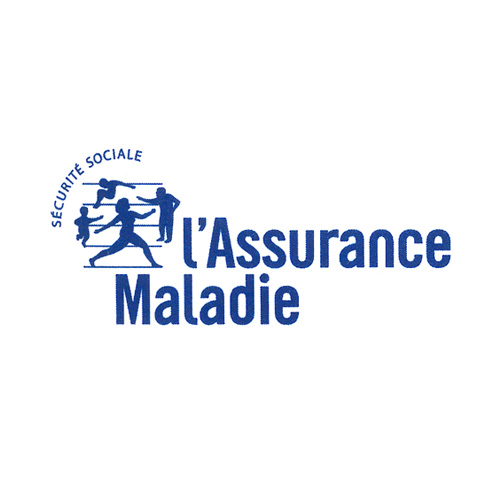

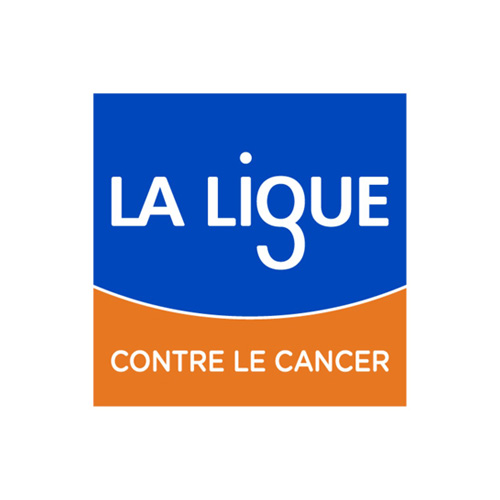
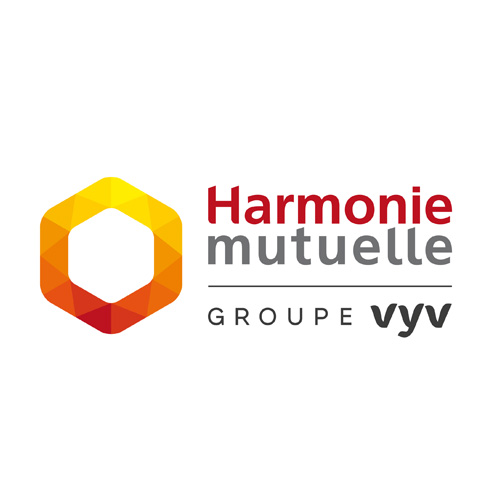

Our partners
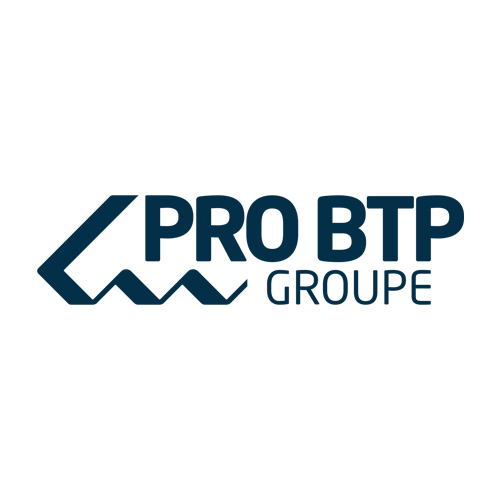
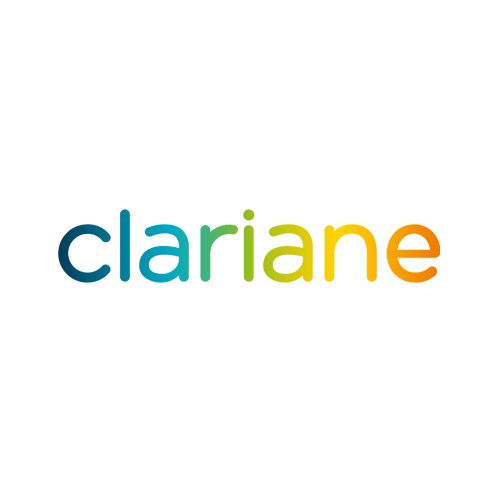
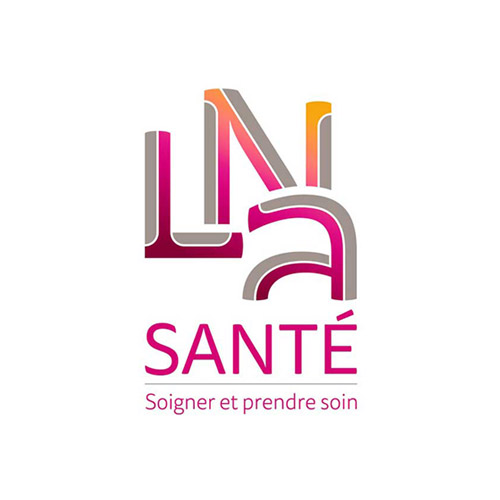
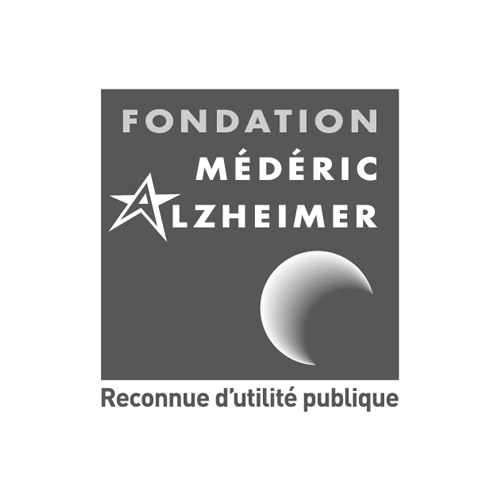
Our allies









